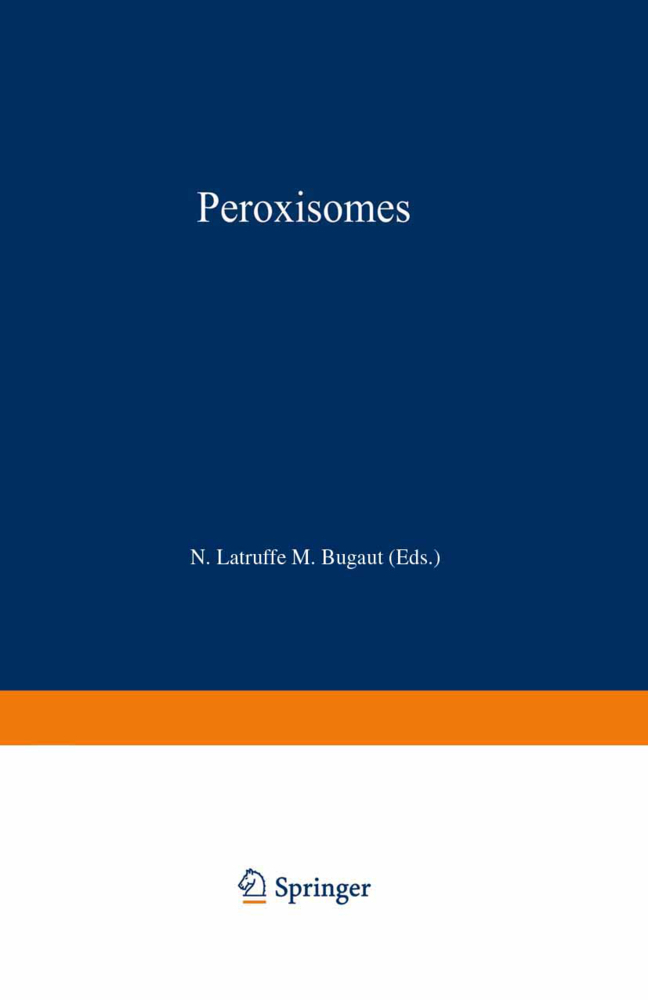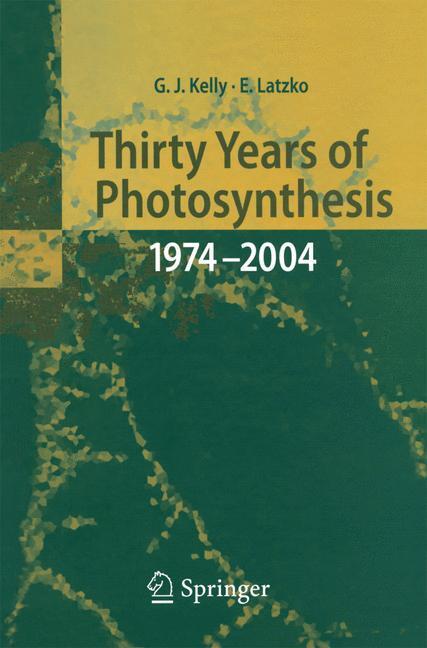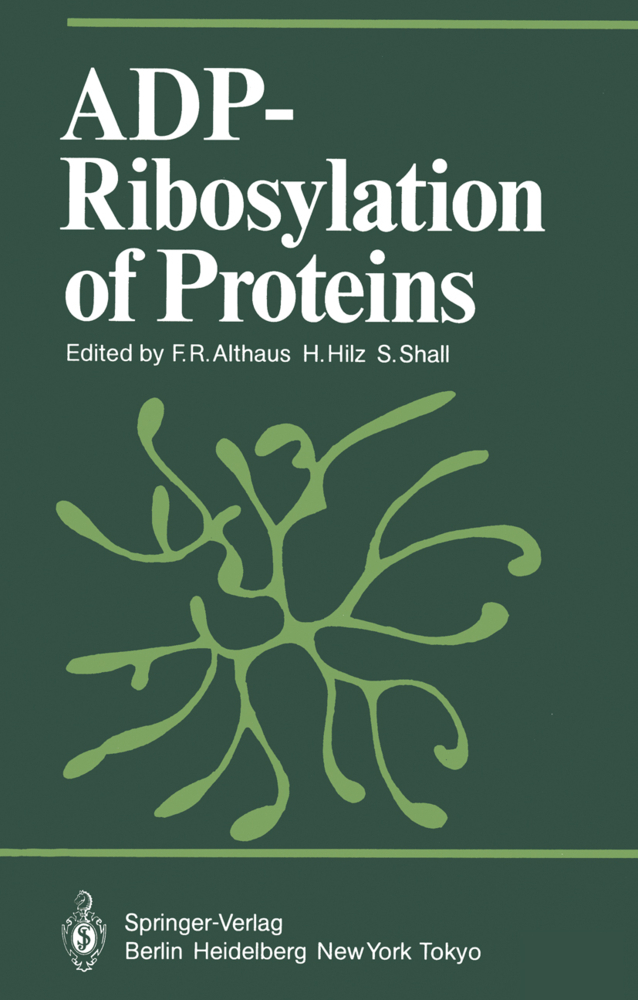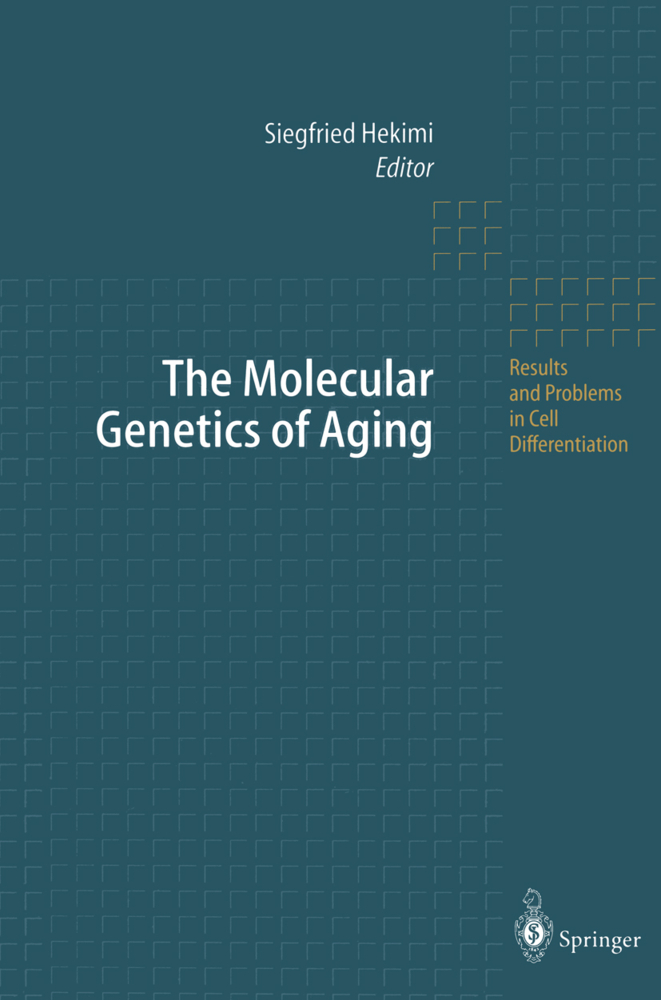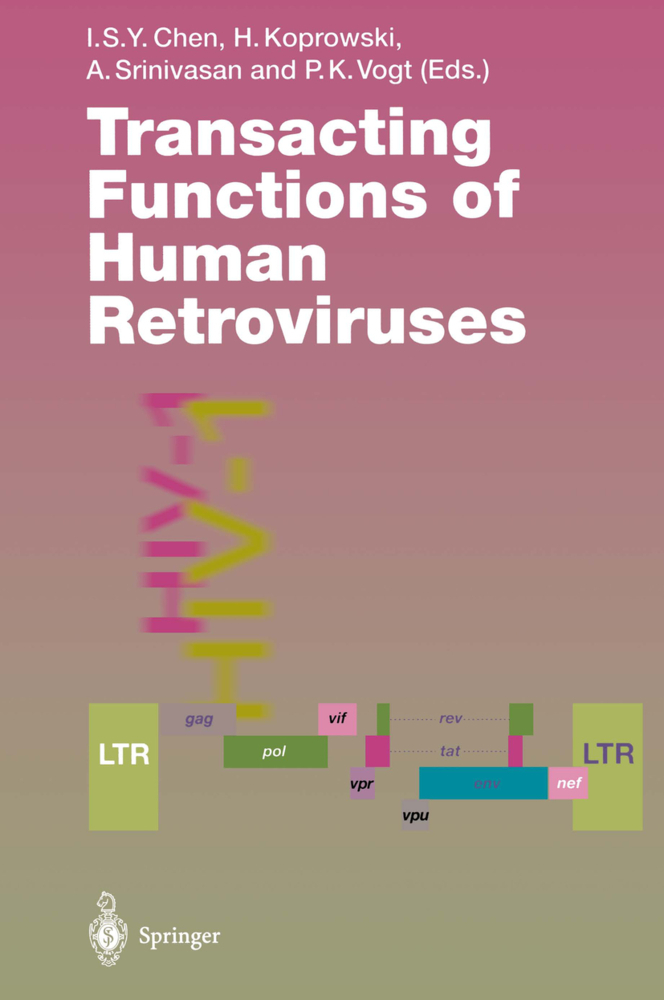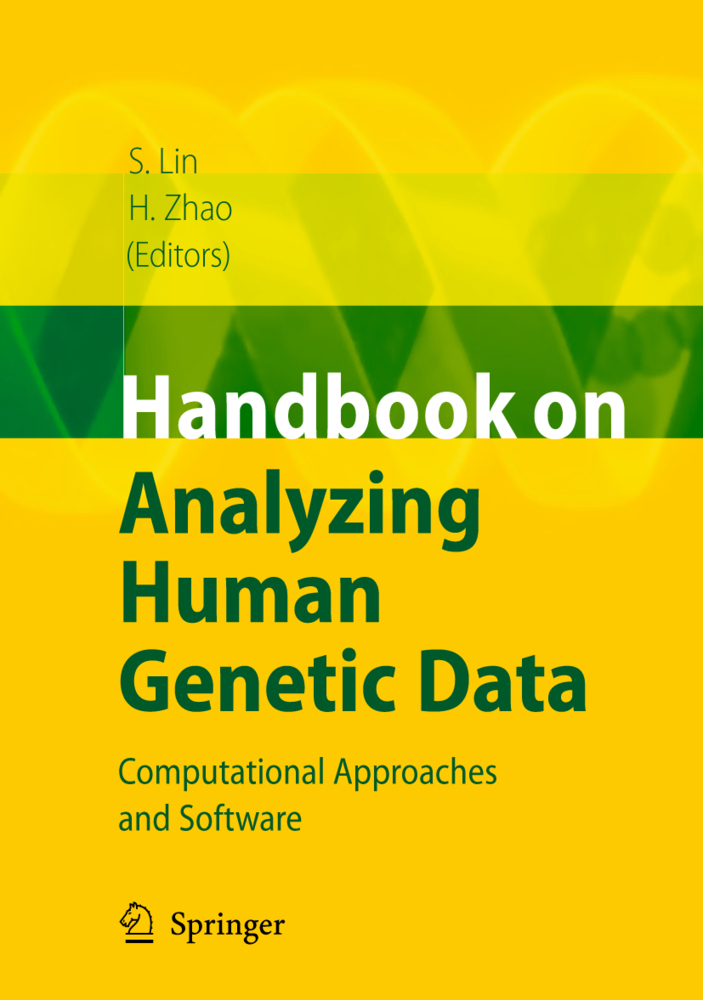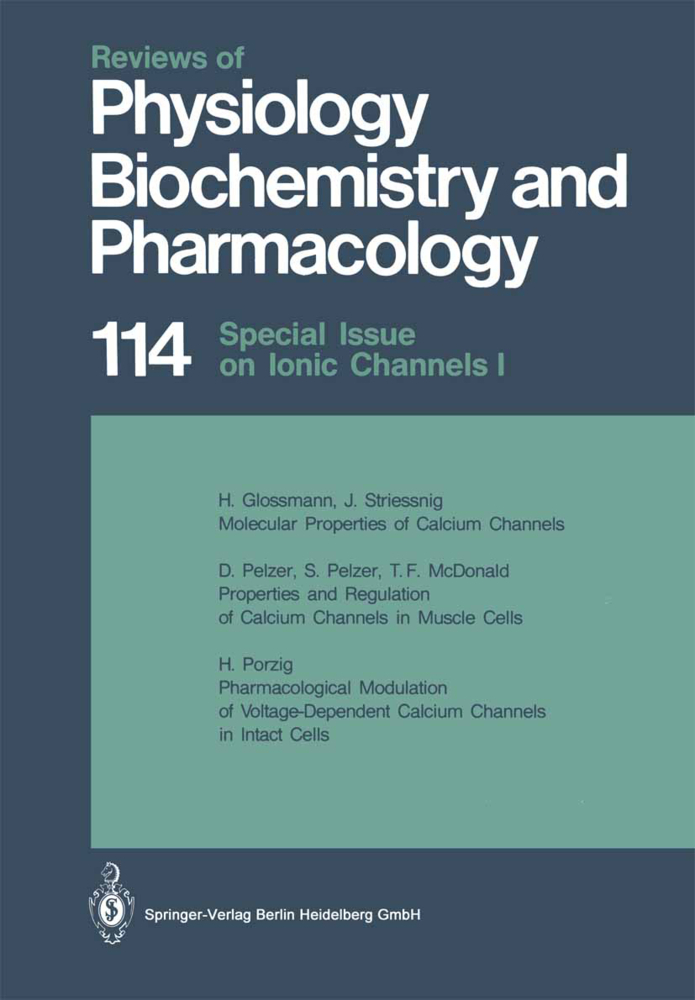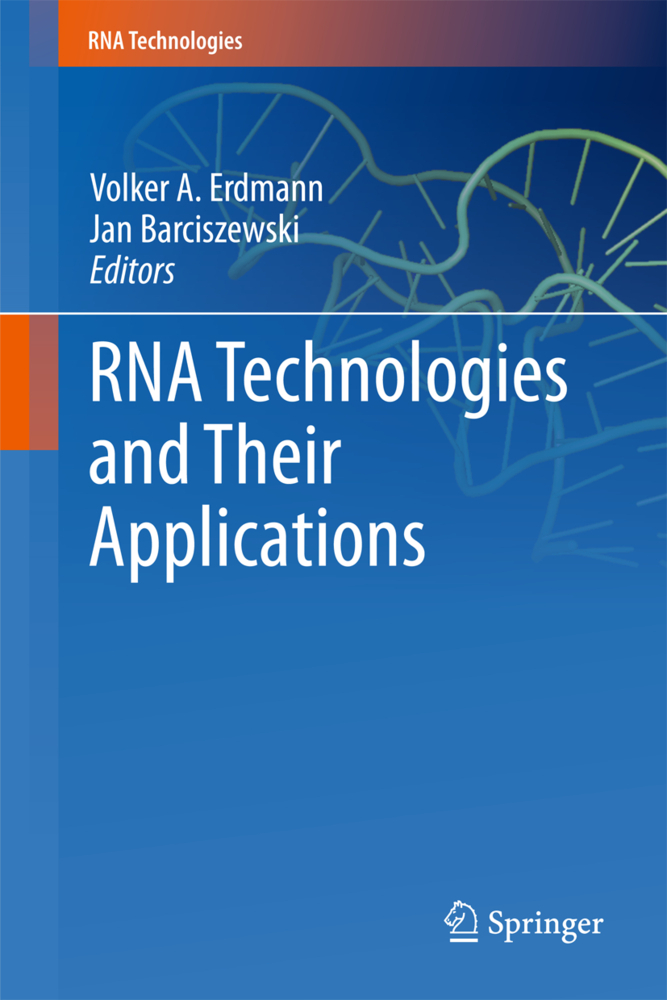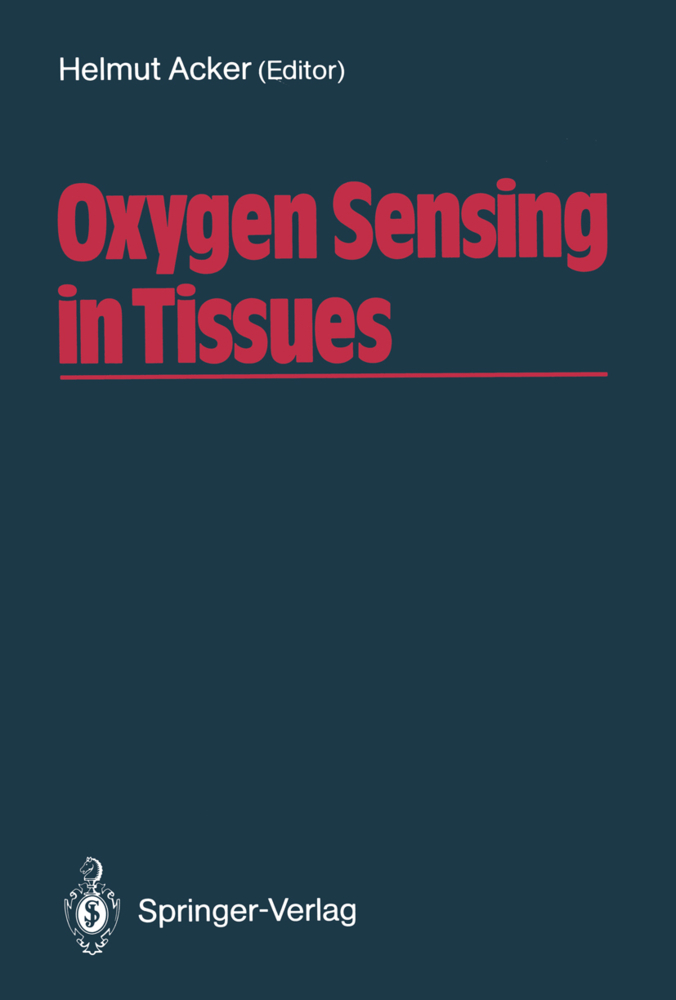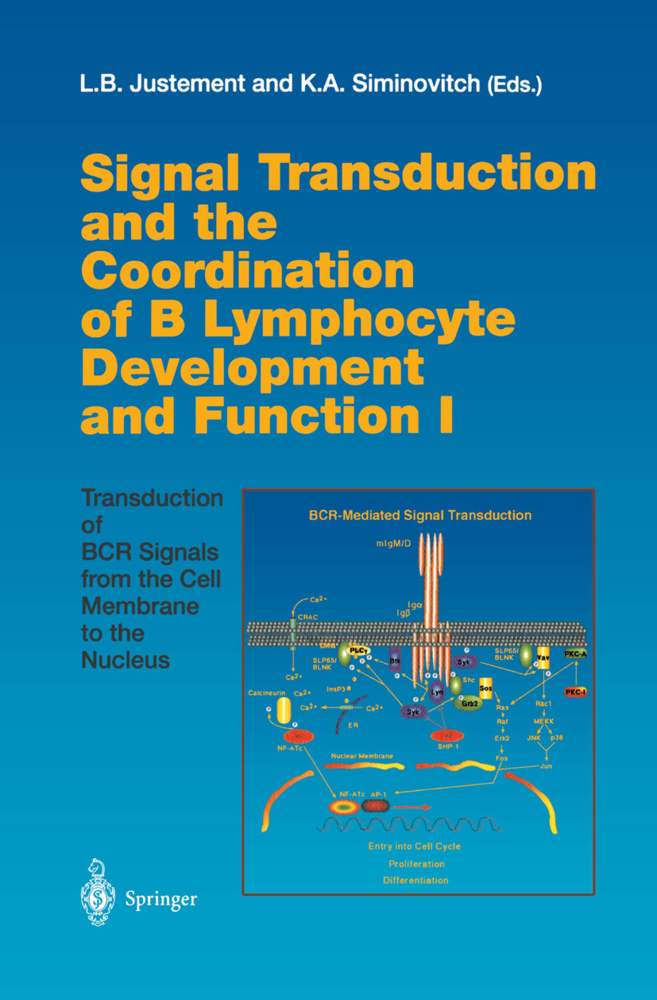Peroxisomes
Peroxisomes
Discovered and first isolated in 1966 in C. De Duve's
laboratory, peroxisomes - organelles which are present in
nearly all eukaryotic cells - are still not fully
understood.
More than 40 peroxisomal enzymes catalyzing a variety of
reactions have been characterized. Moreover, peroxisomes can
be regarded as toxicological indicators: several compounds,
including hypolipemic drugs, plasticizers or pesticides
trigger their proliferation. This proliferation may lead
to hepatocarcinogenesis in rodents.
Interest in peroxisomes stems not only fromtheir biology,
but also because there is a deficiency of peroxisomal
functions in several genetic diseases. Some genes involved
in inborn errors of peroxisomal function have recently been
identified.
In this manual, based on a FEBS Advanced Course on
peroxisomes, protocols on the following topics are described
in detail: Isolation and characterization of peroxisomes by
ultracentrifugationand immunoblotting; gene regulation
studied by mRNA isolation, hybridizationand DNA cell
transfection; use of cell lines as peroxisome proliferator
targets; transformation with retrovirus; peroxisomes as
toxicological markers; cytochrome P450 induction; drug
design and computer analysis of ligand/receptor interaction
involved in peroxisomal gene expression.
Experiment 1. Preparation and Purification of Peroxisomes; Subfractionation of Purified Peroxisomes; Acyl-CoA Oxidase Activity Measurements
Experiment 2. Immunoblotting of Peroxisomal Proteins with Monospecific Antibodies
Experiment 3. Morphology of Peroxisomes in Light- and Electron Microscopy
II: Molecular Biology
Experiment 4. Northern Blotting Analysis of Rat Liver mRNA Encoding for Peroxisomal Acyl-CoA Oxidase
Experiment 5. Transient Co-transfection Assay: Measure of the Chloramphenicol Acetyl Transferase (CAT) Activity in Cytosol Extracts from Transfected Cells
Experiment 6. Synthesis of Oligonucleotides Used as Probes; Purification by HPLC
Experiment 7. Computer Analysis of DNA and Protein Sequences
III: Toxicology and Pharmacology
Experiment 8. Cytochrome P450 Isoenzyme Induction Pattern in Rats Treated with Peroxisome Proliferators and Classical Inducers
Experiment 9. Measurement of the in Vitro Glucuronidation of Peroxisome Proliferator Carboxylic Acids by Liver Microsomes and by Genetically Modified V 79 Cell Line
Experiment 10. Molecular Modeling and Drug Design: Application to Some Peroxisome Proliferator Agents
IV: Cell Culture and Genetic Diseases
Experiment 11. Fao Cell Line as a Model for the Study of the Effect of Peroxisome Proliferators on Cellular Functions
Experiment 12. Measurement of Dihydroxyacetone-Phosphate Acyl-Transferase (DHAP-AT) Activity in Liver Peroxisomes and Cell Lines
Experiment 13. In Vitro Transformation of Human Fibroblasts with SV40 T Antigen (Lipofection)
Experiment 14. Somatic Cell Hybridization as a Tool for Genetic Analysis of Peroxisomal Activities
Supplement.
laboratory, peroxisomes - organelles which are present in
nearly all eukaryotic cells - are still not fully
understood.
More than 40 peroxisomal enzymes catalyzing a variety of
reactions have been characterized. Moreover, peroxisomes can
be regarded as toxicological indicators: several compounds,
including hypolipemic drugs, plasticizers or pesticides
trigger their proliferation. This proliferation may lead
to hepatocarcinogenesis in rodents.
Interest in peroxisomes stems not only fromtheir biology,
but also because there is a deficiency of peroxisomal
functions in several genetic diseases. Some genes involved
in inborn errors of peroxisomal function have recently been
identified.
In this manual, based on a FEBS Advanced Course on
peroxisomes, protocols on the following topics are described
in detail: Isolation and characterization of peroxisomes by
ultracentrifugationand immunoblotting; gene regulation
studied by mRNA isolation, hybridizationand DNA cell
transfection; use of cell lines as peroxisome proliferator
targets; transformation with retrovirus; peroxisomes as
toxicological markers; cytochrome P450 induction; drug
design and computer analysis of ligand/receptor interaction
involved in peroxisomal gene expression.
I: Isolation and Characterization of Peroxisomes
General Indroduction to Isolation and Characterization of PeroxisomesExperiment 1. Preparation and Purification of Peroxisomes; Subfractionation of Purified Peroxisomes; Acyl-CoA Oxidase Activity Measurements
Experiment 2. Immunoblotting of Peroxisomal Proteins with Monospecific Antibodies
Experiment 3. Morphology of Peroxisomes in Light- and Electron Microscopy
II: Molecular Biology
Experiment 4. Northern Blotting Analysis of Rat Liver mRNA Encoding for Peroxisomal Acyl-CoA Oxidase
Experiment 5. Transient Co-transfection Assay: Measure of the Chloramphenicol Acetyl Transferase (CAT) Activity in Cytosol Extracts from Transfected Cells
Experiment 6. Synthesis of Oligonucleotides Used as Probes; Purification by HPLC
Experiment 7. Computer Analysis of DNA and Protein Sequences
III: Toxicology and Pharmacology
Experiment 8. Cytochrome P450 Isoenzyme Induction Pattern in Rats Treated with Peroxisome Proliferators and Classical Inducers
Experiment 9. Measurement of the in Vitro Glucuronidation of Peroxisome Proliferator Carboxylic Acids by Liver Microsomes and by Genetically Modified V 79 Cell Line
Experiment 10. Molecular Modeling and Drug Design: Application to Some Peroxisome Proliferator Agents
IV: Cell Culture and Genetic Diseases
Experiment 11. Fao Cell Line as a Model for the Study of the Effect of Peroxisome Proliferators on Cellular Functions
Experiment 12. Measurement of Dihydroxyacetone-Phosphate Acyl-Transferase (DHAP-AT) Activity in Liver Peroxisomes and Cell Lines
Experiment 13. In Vitro Transformation of Human Fibroblasts with SV40 T Antigen (Lipofection)
Experiment 14. Somatic Cell Hybridization as a Tool for Genetic Analysis of Peroxisomal Activities
Supplement.
Latruffe, Norbert
Bugaut, Maurice
| ISBN | 9783642878091 |
|---|---|
| Artikelnummer | 9783642878091 |
| Medientyp | Buch |
| Auflage | Softcover reprint of the original 1st ed. 1994 |
| Copyrightjahr | 2013 |
| Verlag | Springer, Berlin |
| Umfang | 201 Seiten |
| Abbildungen | XVI, 201 p. 25 illus. |
| Sprache | Englisch |

